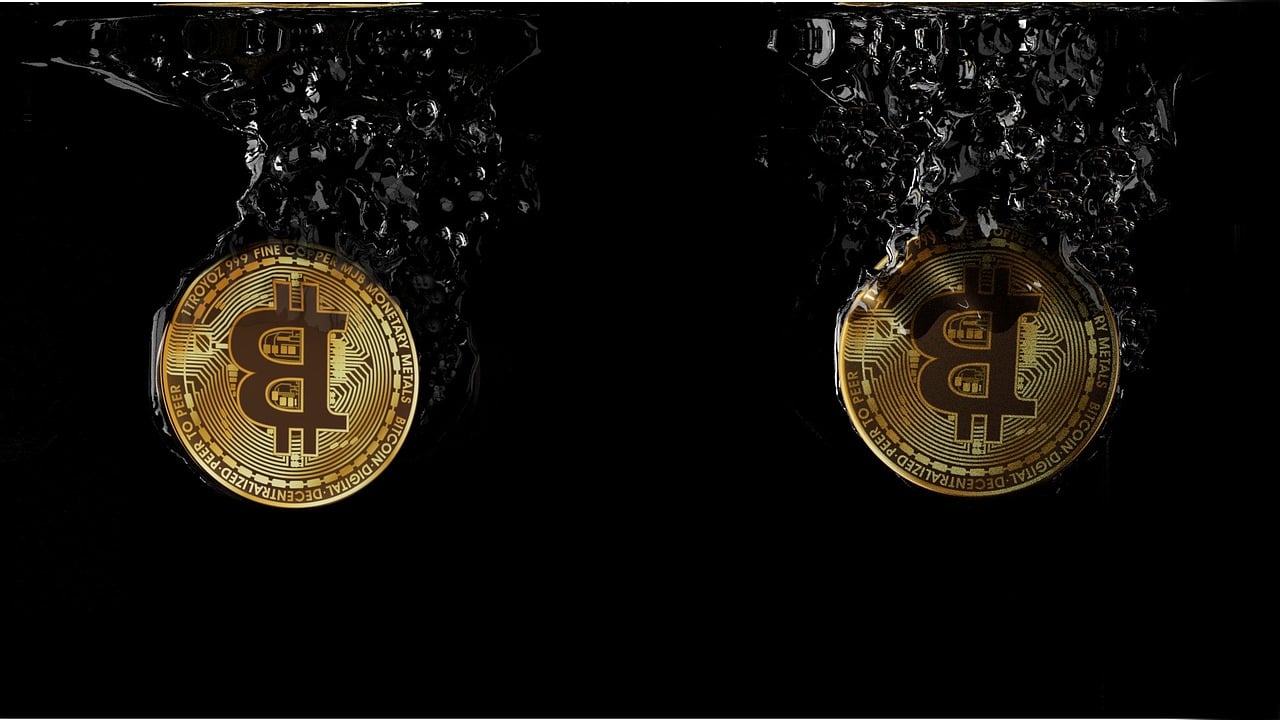On January 7 of this year, the total crypto market value peaked at approximately US$830 billion.
Today, some three months later, that market value has cratered to US$260 billion. That’s a correction of nearly 70%.
This begs the question: Is the crypto market “finished”?
Let’s get this out the way first. Many of the thousands of cryptos currently trading in the market on exchanges are indeed “finished”. In fact, the vast majority of the 2017 generation of cryptos will die out.
Some will die out more quickly, like Centra (CTR) which took in over $30 million in an ICO last year, after being endorsed by none other than boxer-slash-convicted-woman-beater Floyd Mayweather.
In early January, the coin traded at a market value of $290 million. Today? A little over $4 million. It doesn’t help that the founders were recently arrested on a slew of charges from the Securities and Exchange Commission, including misleading of investors.
A needed “crypto cleanse”
I’ve argued before that crackdowns and price corrections are a good thing. Junk scammy projects fleecing millions of dollars from rubes doesn’t do the space any good. And it overshadows the potential that blockchain and crypto are premised upon.
So yes, the majority of projects that rode the ICO hype wave in the second half of 2017 will die out.
But this leaves the remaining cryptos stronger, along with disciplining the market with regards to how it prices and trades newer projects.
The original blockchain potential
If you look at where this all began in 2009 with bitcoin, a new form of money. “Money” as we know it today is still completely broken in my opinion. It still takes my bank days (and significant expense) to wire funds internationally.
We still rely heavily on plastic cards for buying goods – just imagine if you were pitched that idea, plastic cards, today… “Hey, we want to issue plastic cards with your bank number printed on the front, and a “secure” 3-digit number on the back, and then we want you to hand them to strangers when you want to pay for something.” What could go wrong?
Beyond money, the whole financial system remains archaic in many respects. Bonds, especially in Asia, are traded through brokers and over-the-counter, not through an exchange. Price discovery is hard, which is just how the banks like it – it’s a lot easier to make a buck when you can charge wide bid-offer spreads to your customers.
Settlements for the sale of securities (i.e., going from “sell” to the cash hitting your bank), can take two or even three business days.
Just transferring financial assets from one account to another involves the reconciliation across multiple privately own databases… it’s so inefficient.
The list goes on and on. Make no mistake, crypto can fix every single one of these problems and more. But it will take time to get there. And remember, this is just one sector, the financial sector. Crypto will radically transform every part of the economy that you can imagine.
Corrections happen…
But going back to that first point, the 70 percent correction. If that’s what really worries you, then it helps to take a leaf back through the history books at the rise, fall and then rise of the NASDAQ equity index.
In the span of five years to its peak in early 2000, the technology index rallied by over 550 percent. It bottomed out in 2002, nearly 80 percent below its peak. It rebounded before being dragged down by the Global Financial Crisis (GFC).
But since bottoming out again in 2009, the index rallied nearly five-fold.
And we’ve seen many, many crypto corrections over the years, from anywhere to 30 percent and 90 percent historically. It just goes with the territory.
The point is that the market is still developing – and has undergone similar sorts of “this is the end” corrections
Crypto offers equally large potential rewards. But you need to be prepared to stomach the volatility.
Even after a near-70 percent correction, the crypto market is still only back to where it was in mid-November of 2017. This is a bear market. And it will pass.





